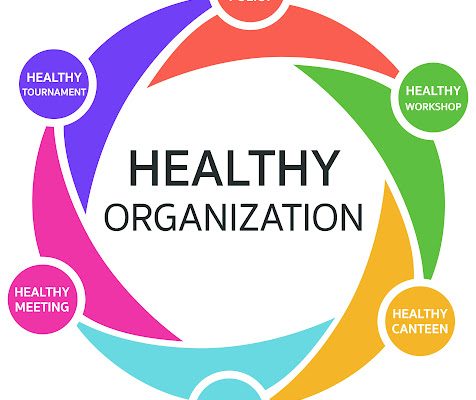Participants take part in a session for the MSH Capacity Assessment Tool Summit in Naivasha, Kenya Photo: LMG Staff
One of the ways that the LMG Project implements “management interventions” is by strengthening organizations to be strong and sustainable so they can continue to provide accessible, affordable, quality services to communities. I was honored to be invited to the first-of-its-kind Harmonization of MSH Capacity Assessment Tool Summit led by the team of the FANIKISHA Institutional Strengthening Project, including project leaders Henry Kilonzo, Director of Monitoring, Evaluation, Research and Learning, and Wycliffe Ouma, Institutional Strengthening Advisor. The summit was held February 3-7 in Naivasha, Kenya.

The Summit brought together five projects from five countries–FANIKISHA/Kenya, Building Local Capacity/South Africa, ProAct/Nigeria, LMG/Ethiopia, and Institutional Capacity Building/Tanzania–to build a common, hybrid tool that builds on the strengths of innovative adaptations of MSH’s Management and Organizational Sustainability Tool (MOST). Our country teams have refined the MOST, added depth, dimension, measurability, and automation to develop a tool that is easy to use and demonstrates the effectiveness of organizational capacity development and institutional strengthening.
The Summit built on the tremendous work started by the CLM M&E advisors at the first global M&E Retreat. At this Retreat, M&E advisors identified the critical need for a harmonized, uniformly applied, automated organizational capacity assessment tool, and inspired one of the projects represented in Pretoria, FANIKISHA, to submit an INCH (Innovation Challenge) Fund1 application, which they were awarded. FANIKISHA invited four other projects and technical and M&E experts from the home office to harmonize various tools.
We grappled with with ways to measure organizational growth, and questions such as: What does it mean to measure partial implementation of a process? Are financial systems more important than human resources in an organization? How do we prioritize grant management systems? During these discussions, I realized that an ORGANIZATION IS EXACTLY LIKE THE HUMAN BODY, regardless of whether it is a civil society organization, a grassroots organization, a governmental department, or the Ministry of Health. The human body has systems–circulatory, respiratory, digestive, etc. So does an organization–human resource, finance, IT, M&E, procurement and supplies, etc.
You can blame the analogy on my medical background, and stop reading now, but allow me to explain.
Here are my 5 insights:
1. An organization is like the human body:
No single system is more important than another, and the optimal functioning of one system is dependent upon other systems functioning optimally. A finance system can be strong only if there are human resources or IT systems to support tracking budgets and making decisions based on funding variation.
2. Illness brings setbacks:
When we fall sick, we become less productive; we cannot support our families and communities, and we cannot live life to our fullest potential. Similarly, sick organizations could mean wasted resources, poorly motivated staff, and inefficient and ineffective services being delivered to communities and clients.
3. Regular health check-ups are important:
A pregnant mother gets at least three check-ups to make sure that she and her baby are progressing well. Organizations can also regularly monitor how well their systems are doing by undertaking or undergoing regular assessments of their various systems using standard indicators, tools, checklists, and/or observational methods.
4. Capacity development is like an immune booster:
A healthy and thriving organization with functional systems has high immunity against crisis and change; it can adapt easily and can continue to provide efficient, high-quality services for its customers and communities.
5. A healthy, strong, smart organization means healthy communities:
Just as a healthy body allows us to live a long, healthy, and productive life, a strong, healthy organization can survive for many years, become self-reliant, generate funds, and continue providing services to its community.
1 The Innovation Challenge Fund (INCH Fund) is awarded by Management Sciences for Health and identifies promising innovations in field projects that have the potential to improve health outcomes and help replicate and scale tools, models, and approaches that have proven effective.Related links:
“How Do We Measure Impact?” The results of organizational capacity development and how the LMG Project’s work around the world responds to it.
Global M&E Retreat M&E experts from 10 countries attended the first Global Center for Leadership & Management (CLM) M&E Retreat, held in Pretoria, South Africa.
Tools for Development: A Handbook for Those Engaged in Development Activity

